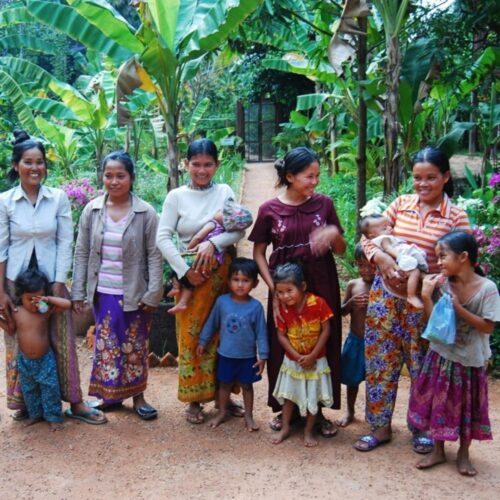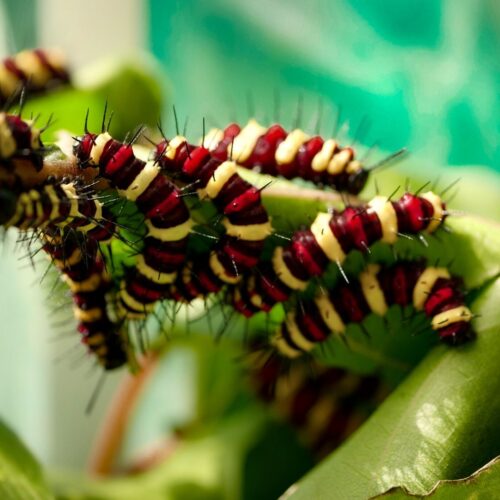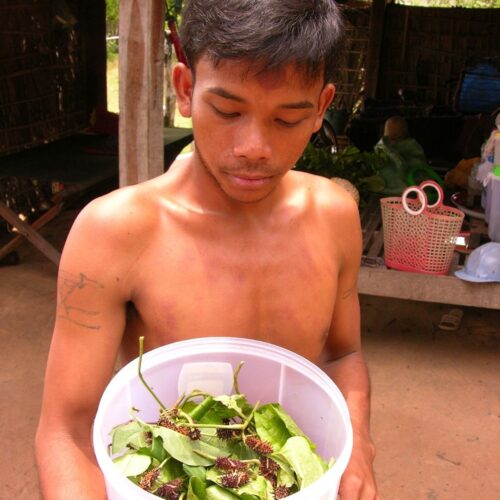Livelihood

Butterfly farming is the breeding of pupae for sale to local butterfly exhibits or for export to zoos and live exhibitions overseas. Butterfly farms are situated in close proximity to areas of natural forest and provide an alternative, sustainable income to rural communities.
Butterfly farms have been established in many tropical countries worldwide – including the Philippines, Costa Rica, Uganda, Kenya and Tanzania.
Most types of agriculture in tropical countries require forest clearance and this habitat destruction is a major cause of species extinction. Butterfly farming requires an intact forest, thus providing an economic incentive to conserve habitats. As butterflies are bred and reared in enclosures with limited extraction from the wild, farming has a negligible impact on the health of wild populations.
Butterfly farming allows the local community to diversify their income-generating activities and to work at home around childcare and domestic duties. It also raises awareness among residents and decision-makers about the benefits of biodiversity conservation.


In butterfly farming, a small netted enclosure is prepared. It is planted with the food plant for the target species of butterfly. A female butterfly is caught and placed in the breeding cage to lay her eggs on the food plant.
The freshly laid eggs are harvested by the farmer and placed in a pest-free container. Upon hatching the caterpillars, or larvae, will be transferred to their particular food plant in the farmer’s plant nursery. The growing larvae are tended by the farmers until they are ready to pupate. At pupation, larvae attach by their abdomen to a suitable leaf or stick and shed their skin to form the pupae. The pupae is the final product and will be sold to local and international zoo’ s, botanical gardens, and butterfly exhibits
To ensure sustainability and unnecessary collection from the wild, the farmer will retain a proportion of pupae to provide the next generation of adults for the breeding cage. In order to boost the local butterfly biodiversity, 10-15% of the farmed butterflies will be released in the wild.